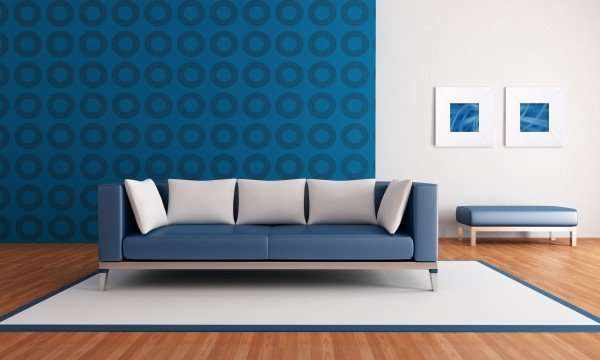Go big or go home with a perfectly bold wallpaper selection. It’s a great way to make any old room feel like new.
Wallpaper has a significant impact on a room. It can subdivide and structure a room, as well as make it appear larger. The trend these days is to wallpaper only one or two walls rather than the entire space.

Design tips
- Large patterns tend to dominate a room, making it ideal in a big room; in a small room or one full of nooks and crannies it can be overwhelming.
- Cover small rooms with a bright, monochromatic colour or small patterns.
- For a striking wallpaper pattern to show itself off to best advantage, the style of the furnishings should be low-key.
- Vertical lines on the wall make low ceilings appear higher — particularly if the ceiling remains white.
- Textured wallpaper effectively covers up small holes or lumps.
- Make a note of the serial or model number of the wallpaper you’re buying so you can find it again if you need more.
- Pro tip: grab an extra roll or two when buying.
Selecting the right wallpaper
Which wallpaper is right for you depends on your personal preference and where you’ll be using it, as well as on the skill of the installer.
- Vinyl wallpaper is the type most commonly found in paint, hardware, and home improvement stores. It’s easy to handle and stands up to scrubbing and moisture fairly well, so it can be used in bathrooms, kitchens, and children’s bedrooms.
- Flocked wallpaper has raised “velvet” patterns and works well for creating decorative highlights and for formal areas such as dining rooms. Although it’s washable, it can be damaged by rubbing and scrubbing.
- Grasscloth is made from a weave of grasses. It’s better suited to areas that sustain very little wear and tear.
- Fabric wallpaper is made of cloth, sometimes laminated to regular paper. It’s not the easiest to keep clean and it’s fairly difficult to work with.
- Foil wallpaper is made of patterned metal foil. It can add an interesting touch, but it can be unforgiving if it gets wrinkled or folded and has a tendency to reveal any defects in the wall behind it.
